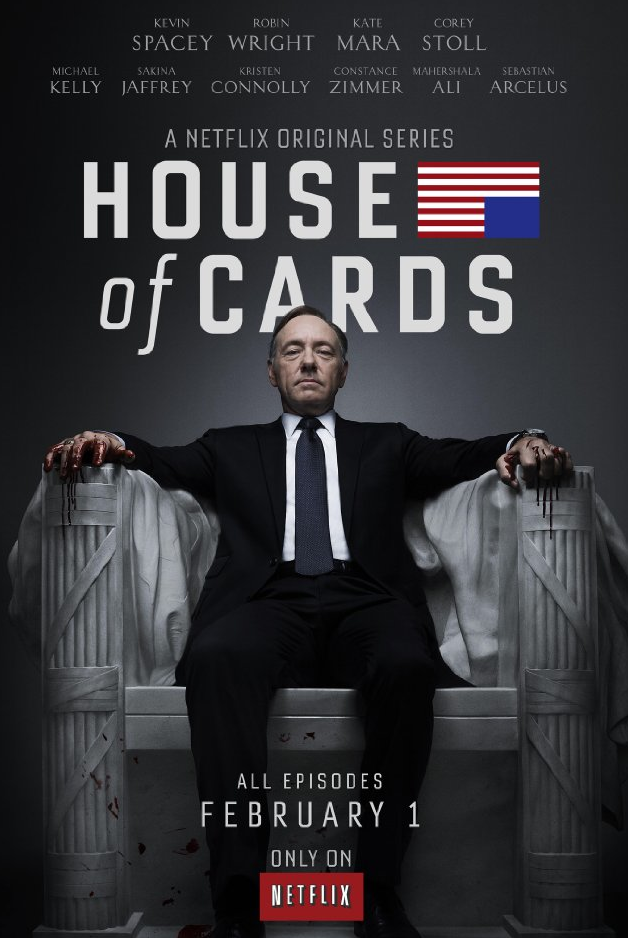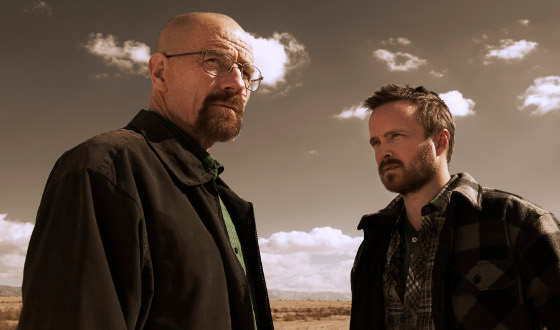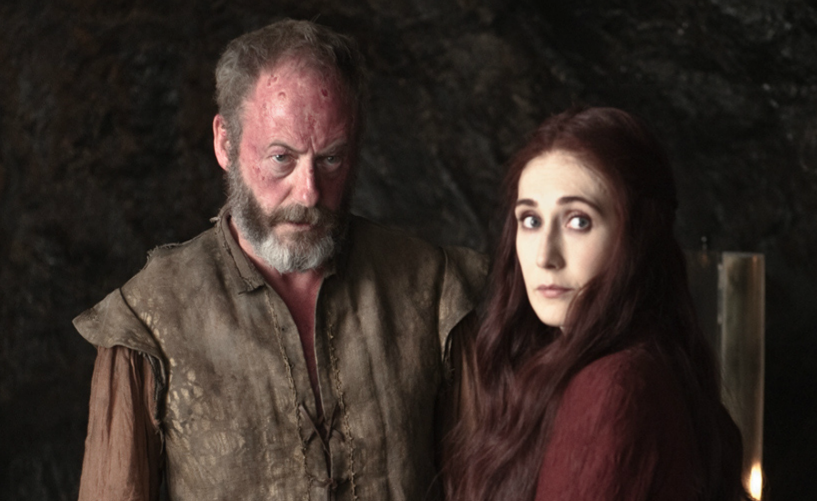EXCLUSIVE: Netflix, the Emmys, and the Changing Face of Television
September 26, 2013
In the run-up to last weekend’s Emmy Awards, a great deal was written about the nominations received by “House of Cards,” and what those nominations mean for the future of television, both as a business and as an art form. Though the show missed out on most of the evening’s top honors, the three wins it did secure still mark a turning point in TV’s evolution. While it seems unlikely that the changes in the way television is produced and consumed will be as transformational or as swift as some predict, it does seem clear that the nature of television has changed and will continue to change in several important ways.
The following editorial reflects the views of the author, and does not necessarily represent the opinions of the Entertainment Technology Center, its members, partners, or affiliates.
 First, as many critics and pundits have insisted, it is clear that we truly have entered a new golden age of television. The breadth and quality of the content now available is unequaled in the history of the medium. Thanks to a small handful of groundbreaking shows in the early 2000s (almost all produced by HBO), the doors to a vast new landscape have been thrown open.
First, as many critics and pundits have insisted, it is clear that we truly have entered a new golden age of television. The breadth and quality of the content now available is unequaled in the history of the medium. Thanks to a small handful of groundbreaking shows in the early 2000s (almost all produced by HBO), the doors to a vast new landscape have been thrown open.
Particularly in the realm of serious drama, TV is better today than it has ever been, and consumers (particularly young ones) are watching more of it, on a wide variety of different devices. The proliferation of screens, and the growing ubiquity of the Internet now mean that content is available in more places and at more times than ever in the past.
It’s clear that this change in technology has also driven a change in the pattern of television consumption. Because so much of the content is now available anytime and anywhere, more and more consumers are choosing to view content in a strictly linear way, starting at the very beginning of a series.
Indeed, in some sense Sunday’s Best Drama win for “Breaking Bad” was still a victory for Netlifx, because the distribution of that show through the company’s online streaming service was critical to building the kind of devoted fan base that has made that show a cultural touchstone. The instant and easy availability of the entire series meant that even fans who arrived late to the “Breaking Bad” party could enjoy the entire series from the very beginning.
While much is made of the so-called “binge-watching” phenomenon, the more important facet of this change is that people now tend to watch complete shows, from the beginning to the end. In this way, more people are able to consume television the same way they have traditionally consumed novels, which in turn has allowed content creators to employ longer story arcs, and more complex plot lines. One hardly ever watches a single episode of these shows in isolation, because watching one episode of a show like “Game of Thrones” would be like reading one chapter of the novels on which the show is based. Much was made of Netflix’s decision to release “House of Cards” all at once, but the truth is that many consumers are watching MOST shows in the same way,
 What remains to be seen is how the emergence of these new patterns of consumption will affect the way television gets produced. It seems possible that one likely victim will be the pilot process, which many in the business see as wasteful and inefficient. Much was made of the fact that Netflix eschewed pilots for both “House of Cards” and “Orange is the New Black,” instead ordering complete seasons of those shows from the outset. Yet it is important to remember that despite the way those shows are marketed, neither of them is truly original; “House of Cards” is a re-make of a popular British series of the same name, and “Orange is the New Black” is based on a best-selling memoir.
What remains to be seen is how the emergence of these new patterns of consumption will affect the way television gets produced. It seems possible that one likely victim will be the pilot process, which many in the business see as wasteful and inefficient. Much was made of the fact that Netflix eschewed pilots for both “House of Cards” and “Orange is the New Black,” instead ordering complete seasons of those shows from the outset. Yet it is important to remember that despite the way those shows are marketed, neither of them is truly original; “House of Cards” is a re-make of a popular British series of the same name, and “Orange is the New Black” is based on a best-selling memoir.
Whether Netflix or any other content producer would be willing to take the same kind of big risk it took with those shows on a true original, one without an established market or fan base, is still an open question.
Most importantly though, the changing face of television is significant because of what it tells us about motion picture content generally. Indeed, even the name television has ceased to have any particularly clear meaning. It is certainly not just the name of a consumer electronic device, as a huge portion of “television” shows are now consumed on devices that are most certainly not televisions.
It is also no longer the name of a content distribution system; because Netflix and other online providers have proven that they can be successful in the space using a completely independent delivery system. Several critics and commentators have written recently that television has surpassed film as the artistic focus of American culture, when in fact what is happening is that television and film are slowly blending into one thing. To a consumer who didn’t know anything about the historical technological differences between the two businesses, they are already largely indistinguishable.
Long-form epic “television” shows like “Game of Thrones” and serialized epic films like “The Hobbit” certainly don’t seem like two different art forms to the average viewer watching on a tablet. The difference is even less visible for shorter form content; the “made-for-TV movie” seems like an outdated concept, with films like “Behind the Candelabra” offering all of the complexity, nuance, artistry, and star power you expect to find in the best cinema.
How all of this will play out as a business proposition is difficult to predict, but as the film industry continues the trend of making ever bigger and costlier tentpoles, more and more content creators seem attracted to the freedom and flexibility offered by these other formats. It seems clear that there is still a very large population of adult consumers in this country who want smart, sophisticated, dramatic storytelling in their motion pictures. Lucky for us, we have lots of great stuff to choose from.



No Comments Yet
You can be the first to comment!
Leave a comment
You must be logged in to post a comment.